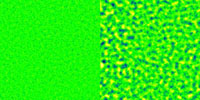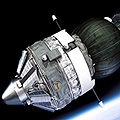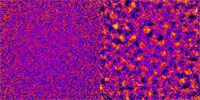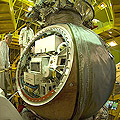 | By Tariq Malik Staff Writer posted: 21 September 2007 5:46 p.m. ET |
NASA engineers are testing new hydraulic seals aboard the space shuttle Discovery after a swift week of repair work to ready the orbiter for a planned October launch.
Shuttle workers installed the new seals after detecting a leak in one of four attached to a shock absorbing strut on Discovery's right main landing gear. NASA postponed plans to begin attaching the shuttle to its external tank and rocket boosters this week at the Kennedy Space Center (KSC) in Cape Canaveral, Florida to repair the faulty seal.
"It went quite well and there really weren't any surprises," NASA spokesperson George Diller told SPACE.com of the repair work.
So far, NASA shuttle workers have been able to complete the repairs within a five-day buffer built into Discovery's preparation schedule for its planned Oct. 23 launch to the International Space Station (ISS), Diller said.
Engineers plan to perform checks on their seal repair work through Saturday, Diller said. If the tests go well, Discovery is due to roll out of its work hangar on Sunday at 5:30 a.m. EDT (0930 GMT) and be mated to its external fuel tank and solid rocket boosters inside the cavernous, 52-story Vehicle Assembly Building at KSC.
After about a week of work, Discovery would then roll out to its seaside launch pad on Sept. 30, NASA officials said.
Commanded by veteran shuttle flyer Pamela Melroy, Discovery's STS-120 mission will deliver a new connecting node to the ISS, swap one station crewmember and relocate an older solar array segment outside the orbital laboratory. She and her six shuttle crewmates plan to perform five spacewalks to install the new node, move the solar array module and test shuttle heat shield techniques during their 14-day mission.






